In a speech, BoE Governor Andrew Bailey noted three component of structural changes in the economies in the future, with legacy of Covid too: “How what we buy has changed and the way we buy it; how the way we work has changed; and how what we make may need to change”
He said, “my best guess is that there will be lasting changes”. Further, there may be a “reversal of the period of low productivity growth”, with Covid as the spur, the change agent. Also, a the change the direction of climate requires investment on a much larger scale.
Nevertheless, Bailey doesn’t see Covid leading to the soft of inter-sectoral change in 80s and 90s. It’s “more likely to be a case of intra-sectoral change”, which ” may also increase the likelihood that more capital can be redeployed, and more rapidly.”

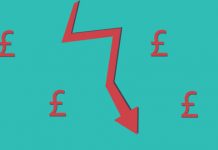



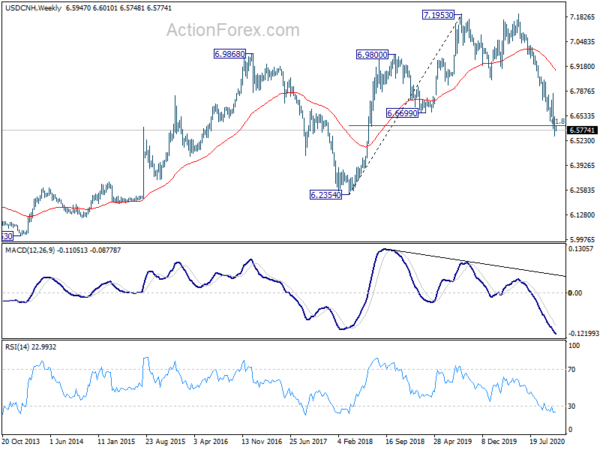
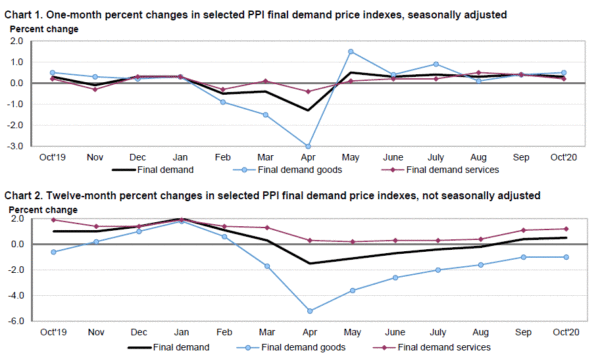
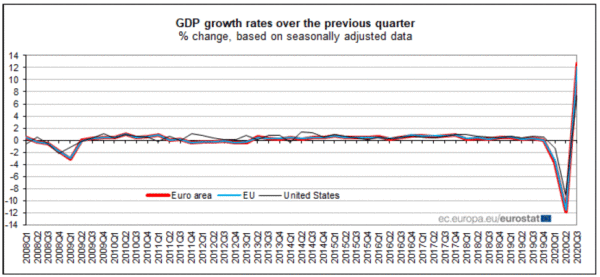
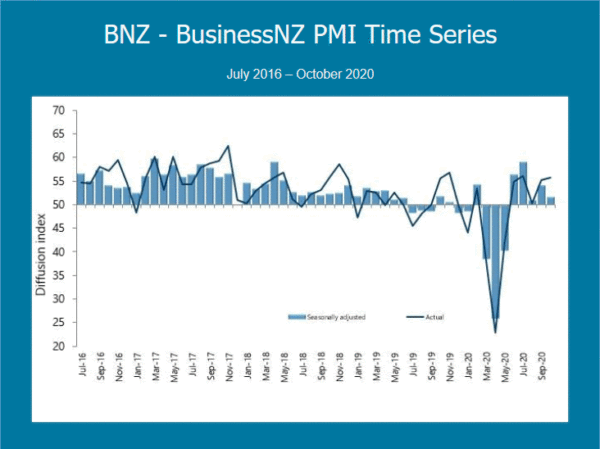
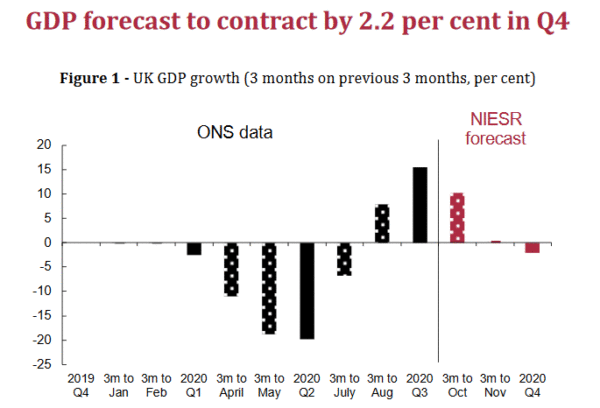
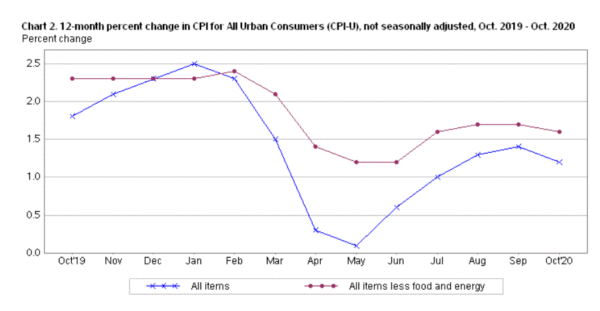

EU continue to negotiate intensively with UK
European Commission Eric Mamer said in a press conference today, “what is clear is that we continue to negotiate intensively with our UK partners and we aim, obviously, to find a deal when the conditions will be there.” But he added, “we are not going to give a blow-by-blow account of what negotiators are working towards.”
Regarding the relations with US, Mamer said “It is still very, very early days and therefore at the moment … the EU is waiting for the new president-elect to take office before starting to comment on what this will imply when it comes to our relationship.”